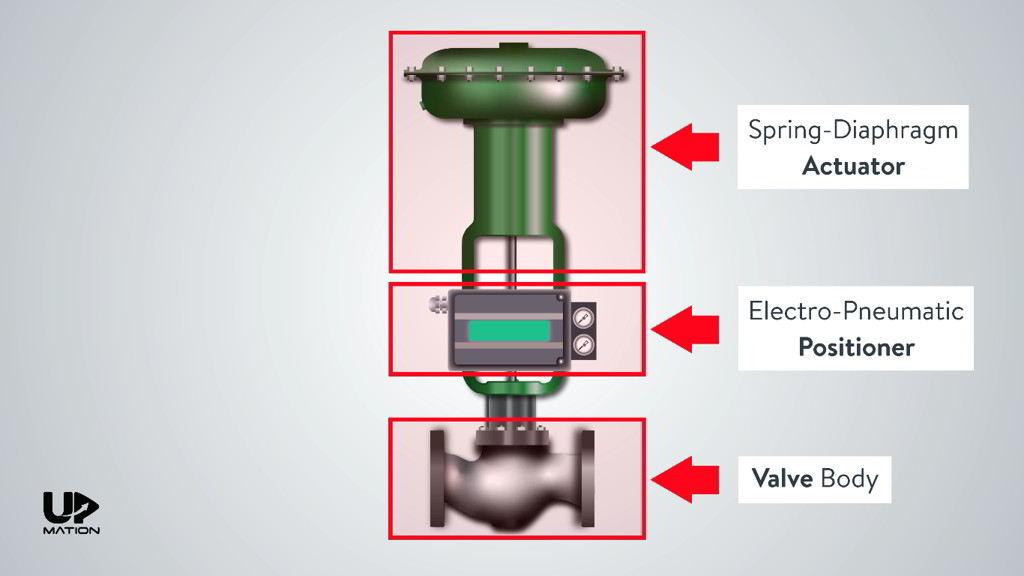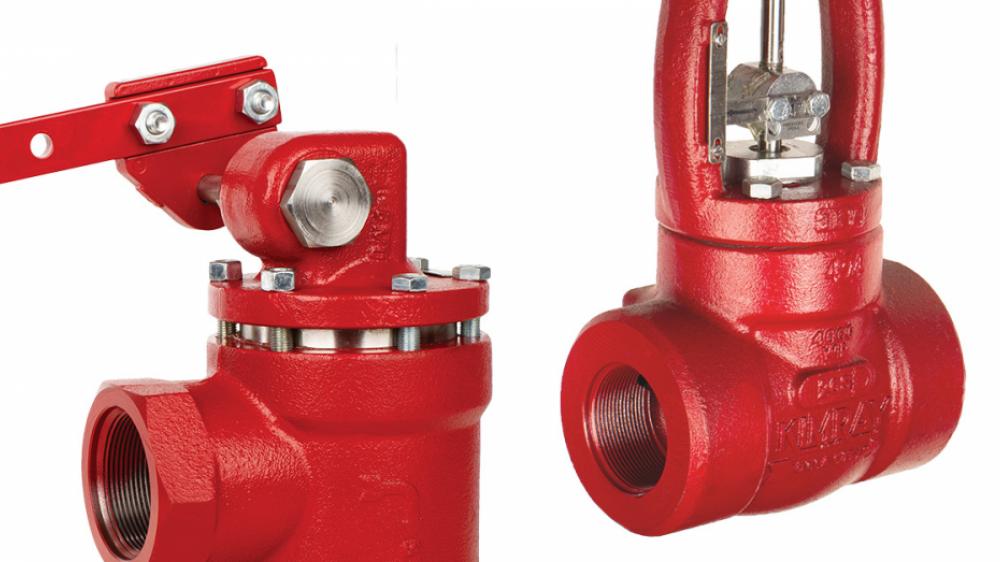Checking out the Capability of Modern Control Valves in Industrial Applications
Checking out the Capability of Modern Control Valves in Industrial Applications
Blog Article
Achieve Seamless Combination and Control With High Quality Building Automation Controls
In the world of contemporary structure management, the value of quality building automation controls can not be overstated. Welcoming top quality structure automation controls is not simply an issue of convenience however a critical important for companies aiming to maximize their centers' efficiency and sustainability.

Advancement of Building Automation Controls
Throughout the past couple of decades, the evolution of developing automation controls has actually considerably transformed the method buildings are taken care of and operated. Constructing automation systems largely focused on basic features such as regulating heating, air flow, and air conditioning (COOLING AND HEATING) systems. As modern technology progressed, these controls have actually become a lot more sophisticated, permitting for a bigger variety of structure systems to be integrated and handled centrally.
The advancement of constructing automation controls has seen a shift in the direction of even more intelligent systems that can adapt to transforming problems in real-time. This adaptability is essential for maximizing energy effectiveness and guaranteeing owner convenience. In addition, modern-day structure automation controls currently use functions such as predictive upkeep, remote surveillance, and data analytics, making it possible for center managers to make data-driven choices to improve structure performance.

Advantages of Top Quality Combination
The development in structure automation regulates in the direction of more intelligent systems has actually underscored the significant advantages of top quality assimilation in maximizing building procedures and boosting overall performance. Quality combination of building automation controls uses several vital advantages. It leads to enhanced energy effectiveness by permitting various systems to function with each other seamlessly, making sure optimal performance and minimizing power wastage. Secondly, high quality integration improves passenger comfort and efficiency by making it possible for personalized control over ecological setups like lights, air, and temperature top quality. This personalization can cause a more conducive and comfy working or living atmosphere. Additionally, quality integration simplifies upkeep and troubleshooting processes, as all systems are interconnected and can be kept track of and regulated from a centralized user interface. This centralized control additionally offers far better exposure and insights right into building performance, making it possible for proactive upkeep and optimization strategies. Generally, the benefits of top quality integration in building automation controls are obvious, providing boosted efficiency, convenience, and operational efficiency.
Boosted User Experience and Accessibility
Enhancing individual interaction with building automation regulates via intuitive layout and boosted availability elevates the overall experience for occupants and center managers alike. By concentrating on customer experience, developing automation systems can become much more efficient and easy to navigate here use. Intuitive interfaces, clear navigating, and personalized setups encourage users to interact with the controls conveniently and effectively.
Access functions play a vital duty in making sure that all individuals, including those with handicaps, can make use of the building automation controls with simplicity. Integrating functions such as voice commands, responsive switches, and color-contrasted screens can enhance availability and make the controls much more inclusive.
Moreover, enhanced user experience brings about greater customer fulfillment, raised productivity, and far better decision-making. Passengers can change ecological settings according to their choices, while center managers can efficiently monitor and take care of structure systems - control valves. In general, prioritizing user experience and accessibility in building automation regulates adds to an extra smooth and effective structure atmosphere for all stakeholders involved
Sustainable Practices Through Automation

Additionally, automation can facilitate the combination of eco-friendly energy sources such as solar panels or wind generators into building procedures. Through automation, buildings can straighten with modern sustainability goals and add to a greener future.
Future Trends in Structure Control Solution
One prominent fad forming the future of building control systems is the enhanced assimilation of Artificial Intelligence (AI) and equipment understanding. Furthermore, the Internet of Points (IoT) is revolutionizing building have a peek at this site control systems by connecting tools and sensors to enhance and simplify operations performance.
One more key fad is the focus on cybersecurity steps to safeguard versus potential threats to developing automation systems. As structures end up being more interconnected, guaranteeing robust cybersecurity protocols will be vital to guard sensitive data and protect against unauthorized accessibility.
Furthermore, the change towards cloud-based platforms is obtaining momentum, enabling streamlined control and remote access to structure systems. This assists in much easier tracking, upkeep, and updates, enhancing the general performance and flexibility of structure control systems. As technology remains to breakthrough, these trends are expected to shape the future landscape of building automation controls, driving technology and sustainability in the constructed environment.
Conclusion
Finally, developing automation controls have actually advanced significantly, using countless advantages such as boosted customer experience, ease of access, and sustainable techniques. Quality integration plays a crucial role in achieving smooth control and effective operation of building systems. Future patterns in structure control systems are most likely to concentrate on further boosting automation capacities for improved power efficiency and general performance. It is important for building proprietors and operators to focus on the fostering of high quality structure automation manages to optimize structure operations and attain long-lasting sustainability goals.
In the realm of modern-day structure administration, the importance of quality structure automation controls can not be overstated. Overall, the evolution of structure automation regulates proceeds to drive innovation in the structure monitoring industry, providing new possibilities for developing smarter and extra sustainable structures.
The development in building automation controls towards even more intelligent systems has underscored the substantial benefits of high quality integration in maximizing building operations and boosting general effectiveness. On the whole, focusing on user experience and ease of access in structure automation manages adds to a more productive and smooth structure setting for all stakeholders entailed.
It is vital for structure proprietors and operators to prioritize the fostering of high quality building automation controls to enhance structure operations and achieve long-lasting sustainability objectives. - control valves
Report this page